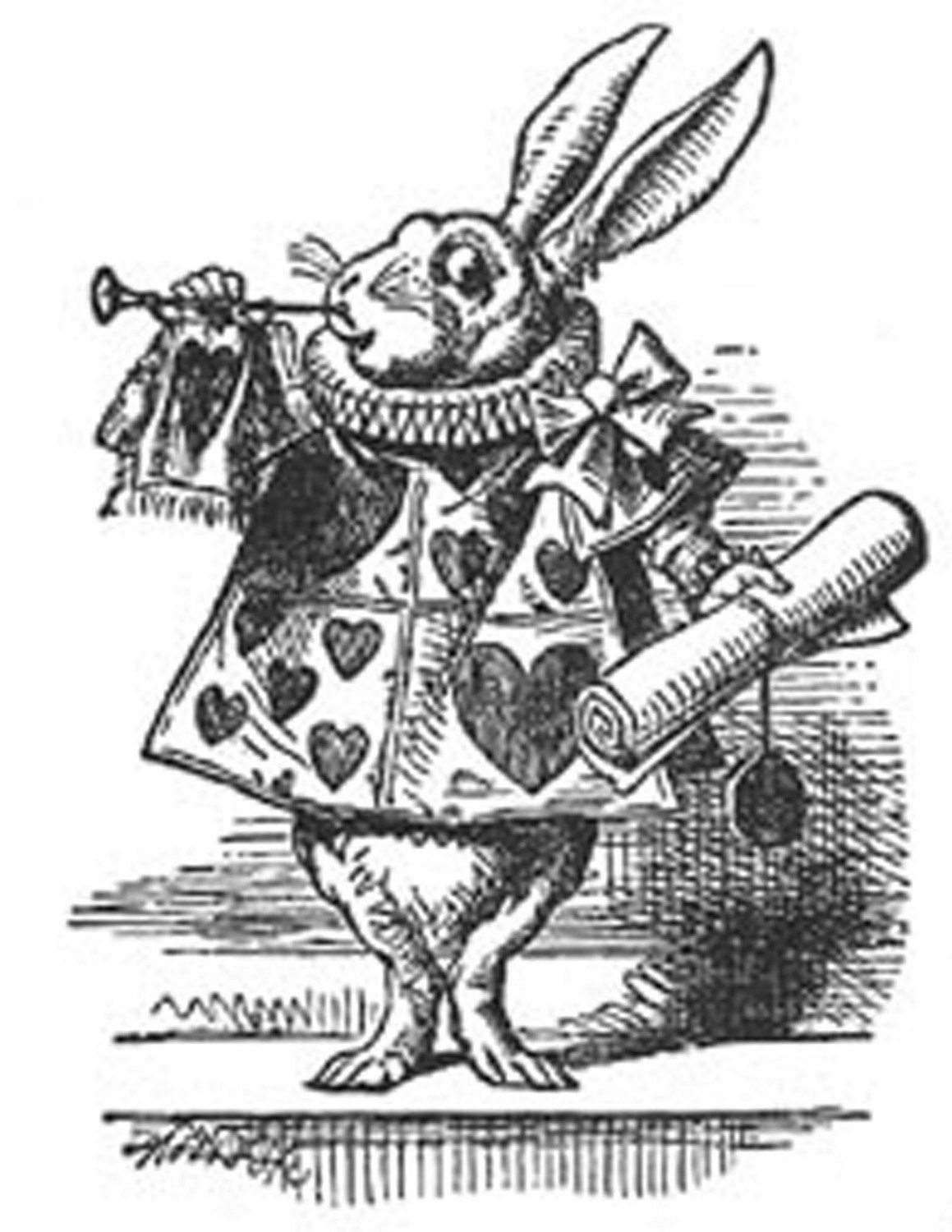In 1928, Vladimir Propp published his method for analyzing folktales. He determined that the events of tales could be reduced to 31 essential functions, and each individual tale is simply a rearranging of these functions.

This was Propp's analysis of Beaumont's Beauty and the Beast:
a Initial Situation - Father-3 sons-3 daughters
[g] Interdiction - [Do not wish for rose]
d Violation - Wish for rose
b Family Member Absent - Father leaves home
[g] Interdiction - [Do not pick rose]
d Violation - Father picks rose
Consequence - Beast threatens. Father promises daughter
[A] Lack - [Beauty lacks husband]
C Hero leaves - Beauty leaves home
K Lack Liquidated - Beast sues for marriage
g Interdiction - Not to wish to go home
d Violation - Wish to go home
g Interdiction - Not to overstay
d Violation - Overstaying
A Lack - Violation caused by sisters leads to lack of husband.
K Lack Liquidated - Return to Husband
M Task - Revive Beast
N Task Accomplished - Beast revived
T Transformation - Beast transformed
W Marriage - Marriage
There are some helpful things in breaking down a tale in this way. We do see some of the common fairy tale formulas-such as the Interdiction-Violation-Consequence. In fairy tales, EVERY time someone is told not to do something, it almost invariably happens. This can also be used to compare tales and tale variants to each other, which Larry DeVries does in his essay, "Literary Beauties and Folk Beasts: Folktale Issues in Beauty and the Beast" which can be found in Betsey Hearne's "
Beauty and the Beast: Visions and Revisions of an Old Tale."

However, there are problems too. DeVries points out the need to distinguish more between characters who fulfill each function. For example, we see this analysis from Beauty's point of view, but what about the Beast's? Beauty's lack of husband is equivalent to the Beast's lack of a disenchanting wife, but this isn't mentioned. I personally don't know how I feel about all the implied Lacks-in some fairy tales, parents mourn the fact that they don't have a child-that's a functional Lack. Beauty doesn't express the wish for a husband-but Propp does acknowledge this by the parenthesis.
Essentially, I have issues with reducing stories into formulas. Later on in the essay we see this formula: "actor 1-action 1 = actor 2 - action 2 : actor - action 1 + action 2" (representing plot from a different fairy tale type, 930). I can say this as someone who actually enjoyed math in school, but isn't that kind of infuriating? It takes the beauty and complexity out of the story and doesn't even really make sense.
Images from
here and
here























